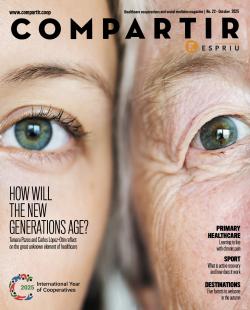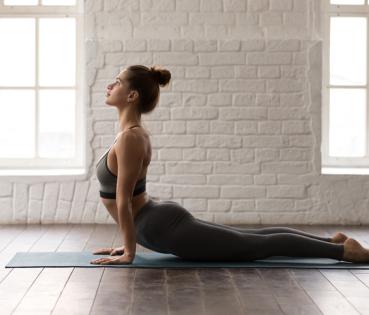
Why learning to control our breathing is essential for your well-being
We breathe involuntarily and most of the time unconsciously, but controlling our breathing is essential for our well-being, both physically and mentally. What exercises can be useful?
As bizarre as it may sound, we exert no control over the act of breathing. In many cases we underuse our diaphragm, which limits our lung capacity and some of the benefits it brings to our well-being.
The importance of oxygen
Oxygen enters through the nose and mouth and reaches the lungs. The oxygen enters the capillary network, where it binds to a protein found in red blood cells called hemoglobin. This transports oxygen from the lungs to the body's cells, which in turn will transport carbon dioxide back to the lungs.
A human inhales and exhales about 16 times per minute, and this oxygen represents 65% of the human body and influences 90% of the energy it uses. Oxygen, therefore, is our main source of energy.
Among other functions, it is essential for brain function, helping the cognitive system to function optimally. Additionally, it also helps improve motor skills, for example, by facilitating the heart's work to maintain a steady heartbeat.
What are the benefits of learning to control our breathing?
The three keys to properly deliver more oxygen into our body properly are to take deep diaphragmatic breaths, longer, slower and controlled breaths through the nose. And we must not forget that exhaling is just as important as inhaling. Some of the benefits of practicing breathing exercises include:
- They improve chest mobility and posture.
- They help us recover after surgery
- They benefit the nervous system
Mindful breathing is a technique used to draw the mind away from other thoughts, which may be intrusive or unwanted, by focusing attention on the act of breathing.
If you are a beginner, you can try the following two exercises, which are highly beneficial for mental well-being.
- Immobile: Put your hands on your abdomen and concentrate on inflating your belly as you inhale. Hold for a few seconds and exhale watching your abdomen return to its resting state. If you are not used to this, it may help to visualise as you draw air into your abdomen.
- Moving: Lie on the floor on your back with your arms on either side of your body. When you inhale, bring your outstretched arms up behind your head, and when you exhale, return to the initial position.
The 4-7-8 technique to control our breathing
This is a breathing technique that reduces anxiety and helps you sleep. It involves breathing in for four seconds, holding your breath for seven seconds and then breathing out for eight seconds. In this way we reduce the activity of the sympathetic nervous system and go from breathing in a way that is often too fast and shallow to a slower and deeper breath.
Body scan
This is one of the most effective relaxation exercises of MBSR (Mindfulness-Based Stress Reduction). As its name suggests, it involves scanning the body, focusing attention on different parts of the body, from the toe to the scalp, while controlling breathing throughout the whole process.
Control your breathing with yoga
Breathing should be conscious, slow and deep at all times. This is so important that it even has its own name in yoga: pranayama. If you want to learn how to breathe better, yoga is one of the most thorough practices on both the physical and psychological levels.
In conclusion, mindful breathing is a tool for improve our lives that we can all use. Even if we have been breathing unconsciously all our lives, controlling the depth and speed of our breathing when we inhale and exhale can improve our health, both physically and mentally.




